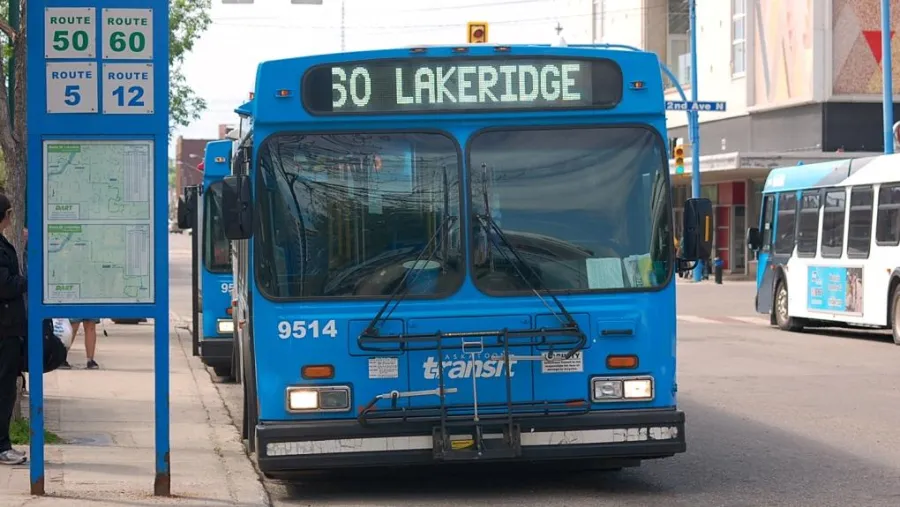Saskatoon Transit union calls for better training to help drivers handle abusive or aggressive bus riders

SASKATOON -- Darcy Pederson says Saskatoon Transit drivers could benefit from more training when it comes to dealing with abusive and aggressive transit users.
On Monday the city’s Standing Policy Committee for Transportation heard from Darcy Pederson, president of the Amalgamated Transit Union (ATU) Local 615, while reviewing a city report which showed 130 negative interactions reported on transit buses in 2020 – up from 51 in 2017.
Pederson told the committee the 266 transit operators in Saskatoon would benefit from better training in de-escalation techniques.
The current two-day program only scratches the surface, he said.
Between 2017 and 2020 transit drivers reported 308 negative interactions.
Pederson said transit drivers have a panic button which routes a call to emergency services, but he said if transit drivers have better de-escalation training, the number of negative incidents would decrease.
Mayor Charlie Clark asked the city’s administration to connect with the transit union to consider further training for drivers.
“I believe operators who are comfortable and safe and capable with situations that arise on the bus, having that capacity creates an overall feeling of safety on the bus,” Clark said.
Ward 3 Coun. David Kirton asked administration about the use of security cameras at transit terminals, where clusters of negative interactions were reported.
Jim McDonald, director of Saskatoon Transit, said cameras are not used at transit terminals, but as the city moves ahead with its bus-rapid-transit (BRT) system, security cameras will be installed at 85 new BRT terminals over the next four to five years.
“Part of the construction of BRT is laying the fibre optic cable to adequately monitor the BRT stations,” McDonald said.
He also said Saskatoon Transit “can always use more de-escalation training” but would look for an operation funding increase to pay for it.
